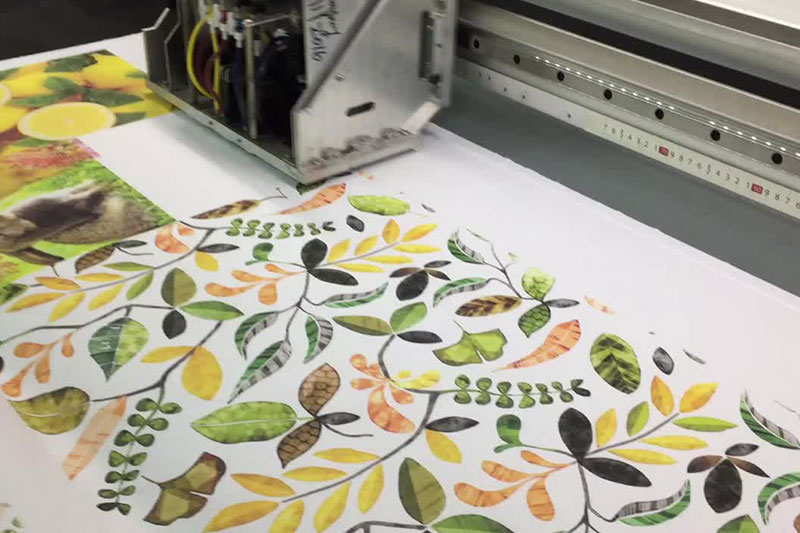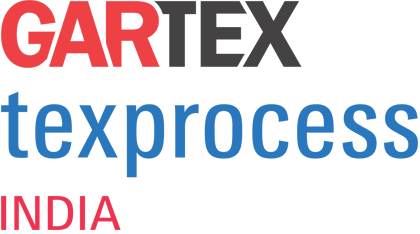The Digital Transformation of Textile Production

The shift from traditional textile printing to digital fabric printing has unlocked a world of new possibilities for producers and designers alike. As demand for on-demand fashion and custom home textiles surges, digital printing enables faster production, limitless design flexibility, and reduced environmental impact. For businesses looking to stay competitive, embracing digital textile printing technology is no longer a luxury—it’s a necessity.
What is Digital Textile Printing?
Digital textile printing uses advanced inkjet technology to apply intricate designs directly onto the fabric, offering unmatched control, precision, and creative freedom.
Types of Digital Textile Printing:
- Direct-to-Fabric (DTF): Prints patterns directly on fabric before garment construction—ideal for bulk and bold patterns.
- Direct-to-Garment (DTG): Prints designs on fully assembled garments, perfect for personalized and small-batch runs.
Key Benefits of Digital Textile Printing
Limitless Design Creativity
Digital textile printing removes the restrictions of traditional methods, enabling intricate, multi-colored, and gradient designs without additional cost or complex setup. Designers can quickly produce customized fabric designs or prints tailored to consumer preferences.
Faster Turnaround and Prototyping
With minimal setup required, digital printing significantly shortens production cycles. Brands can create quick prototypes, test new designs, and respond to trends faster—critical in today’s fast-moving fashion industry.
Sustainability and Reduced Waste
Digital printing uses less water and ink than traditional dye-based processes, aligning with sustainable fashion goals. The ability to produce fabrics on demand also minimizes overproduction and excess inventory.
Cost-Effective Small Runs
For businesses focusing on limited-edition collections or niche markets, digital printing allows cost-efficient production for small batches, paving the way for greater product variety and innovation.
Personalized and On-Demand Printing
With growing demand for personalized fashion, digital printing enables mass customization, allowing brands to offer unique designs and personalized garments to individual customers.
Digital Printing’s Role in Industry Innovation
On-Demand Fashion: The Future of Fast Fashion
Digital printing supports the on-demand production model, reducing the risk of unsold inventory and enabling businesses to quickly adapt to changing consumer trends.
Integration with E-Commerce Platforms
E-commerce brands offering custom apparel and home textiles benefit from the speed and flexibility of digital printing. This technology allows for dynamic product catalogs and real-time customization options, enhancing the customer experience.
Supporting Sustainable Fashion Initiatives
Digital printing’s low water consumption, minimal waste, and energy efficiency make it a cornerstone of eco-friendly textile production. Many brands use this technology to align with their sustainability commitments and circular fashion initiatives.
Challenges of Digital Printing in Textiles
Despite its numerous advantages, digital textile printing has its share of challenges:
- Ink Compatibility: Ensuring high-quality prints across different fabric types.
- Color Consistency: Maintaining precise color matching across production runs can be tricky without the right software and hardware.
- Upfront Costs: Digital printing machines can require significant initial investments, but the long-term savings often outweigh these costs.
Businesses can mitigate these challenges and enhance printing quality by investing in research and development (R&D) and partnering with reputable ink and fabric suppliers.
Future Trends in Digital Textile Printing
Hybrid Printing Solutions
Combining digital and traditional printing methods to expand design possibilities and improve cost efficiency.
AI-Driven Customization
Leveraging artificial intelligence to offer personalized design recommendations and automated print adjustments.
Biodegradable Inks
The development of sustainable printing inks is gaining momentum, further reducing the environmental impact of textile production.
Interactive and 3D Textiles
Exploring innovative techniques for printing on textured and interactive fabrics, opening new possibilities for wearable technology and smart textiles.
Conclusion: Embracing the Digital Textile Revolution
Digital printing has emerged as a game-changer in textile production, offering unparalleled flexibility, rapid production capabilities, and sustainable solutions. As consumer demand for personalized and eco-friendly fashion continues to grow, businesses that invest in digital printing technologies will be well-positioned for long-term success.
Now is the time to adopt digital textile printing and explore new growth opportunities. Industry events like Gartex Texprocess India offer an excellent platform for discovering the latest solutions and technologies across the textile production chain. Be a part of the expo from 22-24 May 2025 at Jio World Convention Centre, Bandra Kurla Complex, Mumbai, and stay ahead in the evolving textile industry.
More News
How to Identify Authentic Indian Handloom Products?
Indian handloom products are a timeless testament to the country’s rich cultural heritage and craftsmanship. From luxurious Banarasi silks to timeless Khadi…View More
How to Start a Garment Manufacturing Business in India?
India’s textile and garment industry has always been a major contributor to the country’s economy, offering vast opportunities for entrepreneurs. With the…View More
How to Reduce Textile Waste in Garment Production?
Textile waste has become a growing concern in the garment industry, with significant environmental and economic impacts. As businesses and consumers become…View More
Recap of India’s Garment Industry in 2024: A Year of Growth and Transformation
As 2025 begins, India’s garment industry has experienced significant growth, overcoming challenges and embracing new opportunities in 2024. From technological advancements to…View More
Sustainable Textiles: Redefining the Future of Industry
The garment and textile industries are undergoing a major transformation. Long criticized for their environmental toll—ranging from excessive water use to reliance…View More
Download
Register Now
Recent Posts
Show Countdown
DELHI
Bharat Mandapam (Pragati Maidan), New Delhi, India
- days
- Hours
- Minutes
- Seconds
MUMBAI
Jio World Convention Centre, Bandra Kurla Complex, Mumbai







